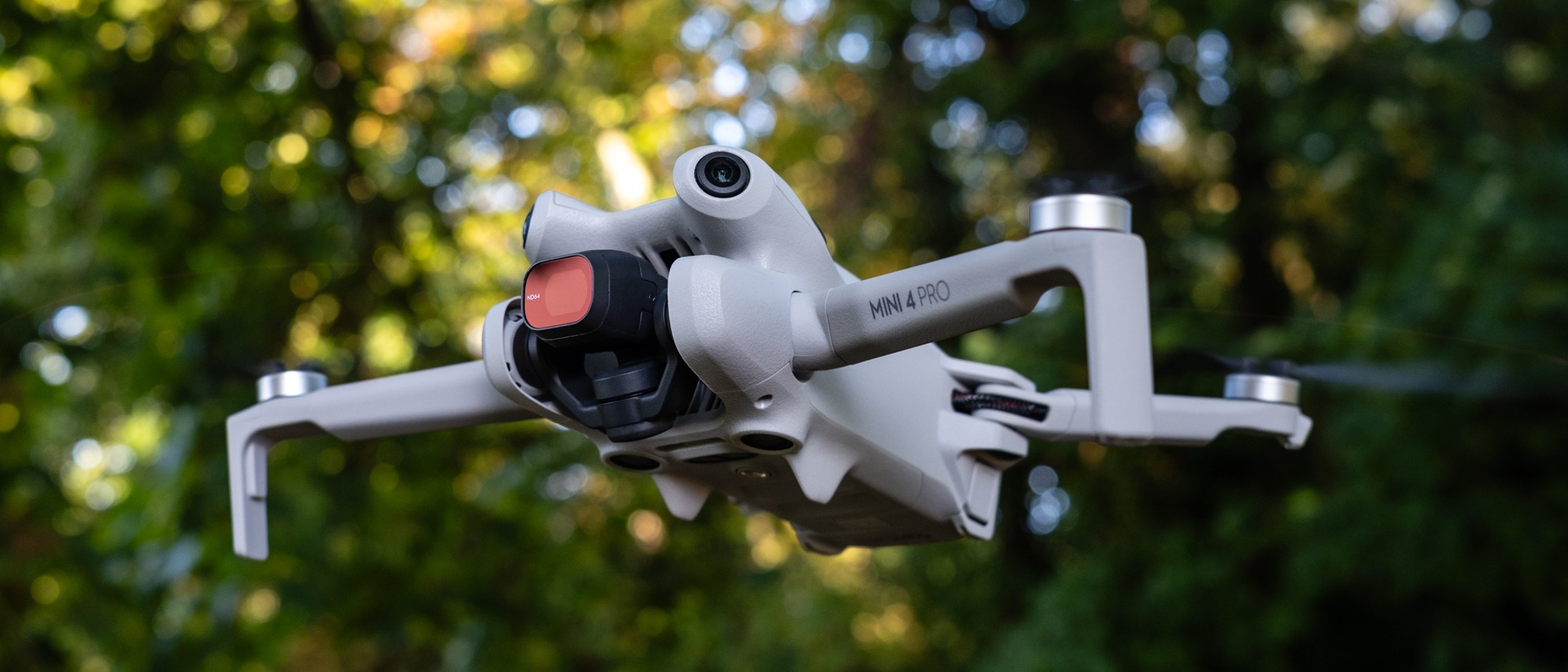Last year, DJI showed what was possible in a small drone with the Mini 3 Pro by incorporating tons of technology and a high-quality camera in a drone weighing less than 250 grams. It has never been easy to follow, but now (after many leaks) the Mini 4 Pro has been presented with a long list of new features.
Apart from an improvement, the camera is largely the same. However, it has new omnidirectional obstacle sensors that eliminate the blind spots of the Mini 3 Pro. It also includes a new feature called ActiveTrack 360 that allows you to program the movements of the camera when tracking a subject.
With several useful new features, DJI Mini 4 Pro sets a high benchmark for small drones.
Small drones are the best way to track quick actions, as they are maneuverable and less likely to be damaged in the event of a crash. With all the improvements, the Mini 4 Pro is better and safer than its predecessor — at least on paper. Now let’s see if this does justice in the real world.
Design

The Mini 4 Pro still weighs less than 250 grams, so it can fly without a license or registration in many regions, but it has subtle design changes all around. The four front- and rear-facing sensors are now positioned so that you can also see to the sides, and the body is a little more streamlined. It has larger cooling vents, slightly smaller rear arms and new landing feet at the front. The camera/gimbal shield is smaller and easier to install and has a new protection that protects the propellers during storage.
As before, the gimbal tilts 60 degrees up and 90 degrees down, and the camera rotates 90 degrees to give you full vertical resolution for social media. There is a microSD port on the back and the Mini 4 Pro has 2 GB of internal storage in cover of emergency.
The Mini 4 Pro comes with one of two controllers, the simple RC-N2, which requires a Smartphone, and the RC2 with an integrated display. Since it uses DJI’s new Ocusync 4 transfer first introduced with the Air 3, it only works with the new controllers and not the old models-for now, anyway.
DJI Mini 4 Pro test images
DJI Mini 4 Pro Review: the best lightweight drone gains more power and intelligence

You can buy it with a set of ND filters for sunny days, which I would recommend if you can afford it. DJI also offers an 18mm wide-angle lens accessory, but it has significant barrel-shaped distortion and can cause focusing problems.
The drone also supports DJI Lightcut, an editing application that allows you to create quick videos for social media. As DJI says, it “makes it possible to generate captivating videos with a single click by merging ActiveTrack, MasterShots and QuickShots sequences” while automating sound effects and more. It also works wirelessly, so you don’t need to download images to your Smartphone.
Performance

Due to its small size and maneuverability (and the same sensor as DJI Action 4), You can consider the Mini 4 Pro as a flying Action camera. The low weight (and the low price compared to, say, a Mavic 3 Pro) also make accidents less consequential.
The top speed is a decently fast 35 mph in sport mode or 26 mph in regular operation. It can handle winds of up to 24 mph, an impressive figure for a drone weighing less than 250 grams. In operation, it may seem that the wind hit it quite hard, but thanks to DJI’s gimbal and stabilization technology, you won’t recognize it from the images.



